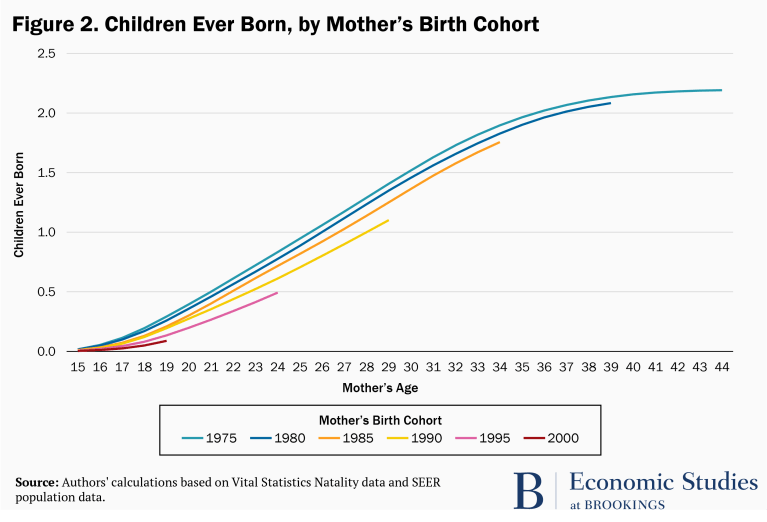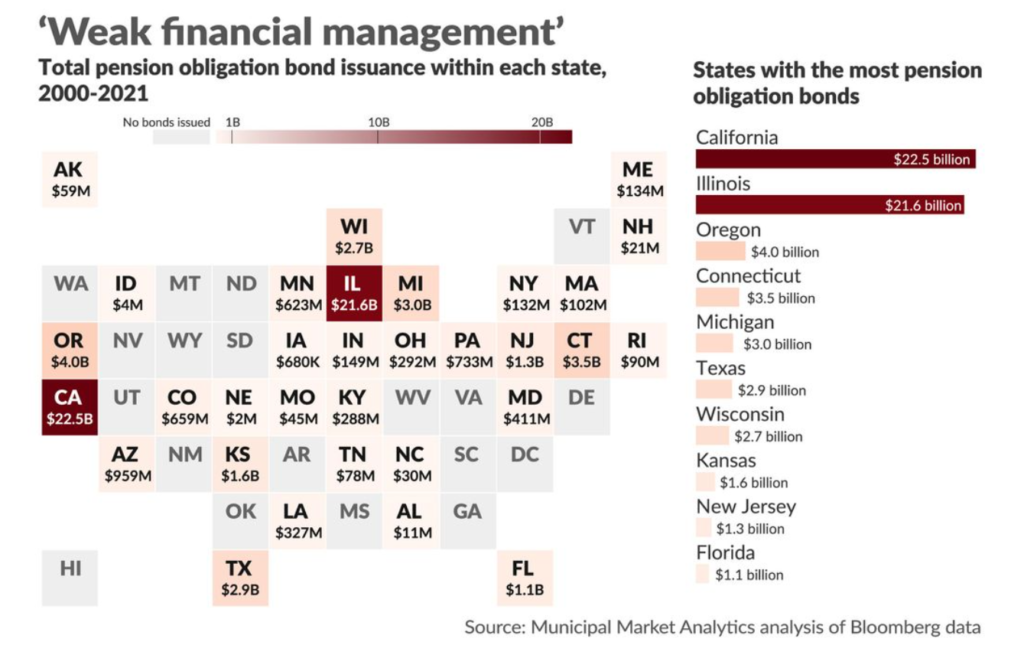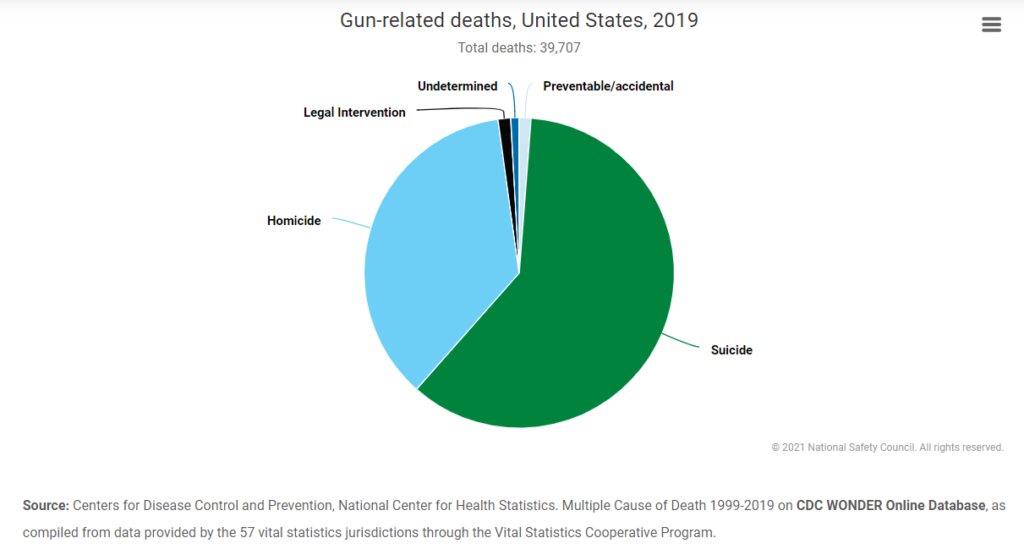Link: https://www.netinterest.co/p/my-adventures-in-cryptoland
Excerpt:
Insurance is a peculiar business because customers don’t really want it, hence the adage, “insurance is sold, not bought.” As much as she’s a customer, she’s also a counterparty: what’s good for her (a claim) is not good for the company. There’s a zero-sum dynamic to the relationship, which means that the classic Amazon flywheel around customer experience and lower pricing doesn’t work.
This concept got Lemonade tied up in knots this week. In a series of tweets, the company told of how its platform is getting better at “delighting customers”. One way it does this is, “when a user files a claim, they record a video on their phone and explain what happened. Our AI carefully analyses these videos for signs of fraud. It can pick up non-verbal cues that traditional insurers can’t, since they don’t use a digital claims process.”
It seems a strange way to “delight” customers by allowing AI to auto-reject their claims based on how their face looks or their accent sounds. The company realized its (PR) error, deleted the tweets and issued a denial. But this is what happens when your customers and your shareholders start mixing in an industry that doesn’t lend itself very well to that.
Author(s): Marc Rubinstein
Publication Date: 28 May 2021
Publication Site: Net Interest at substack







